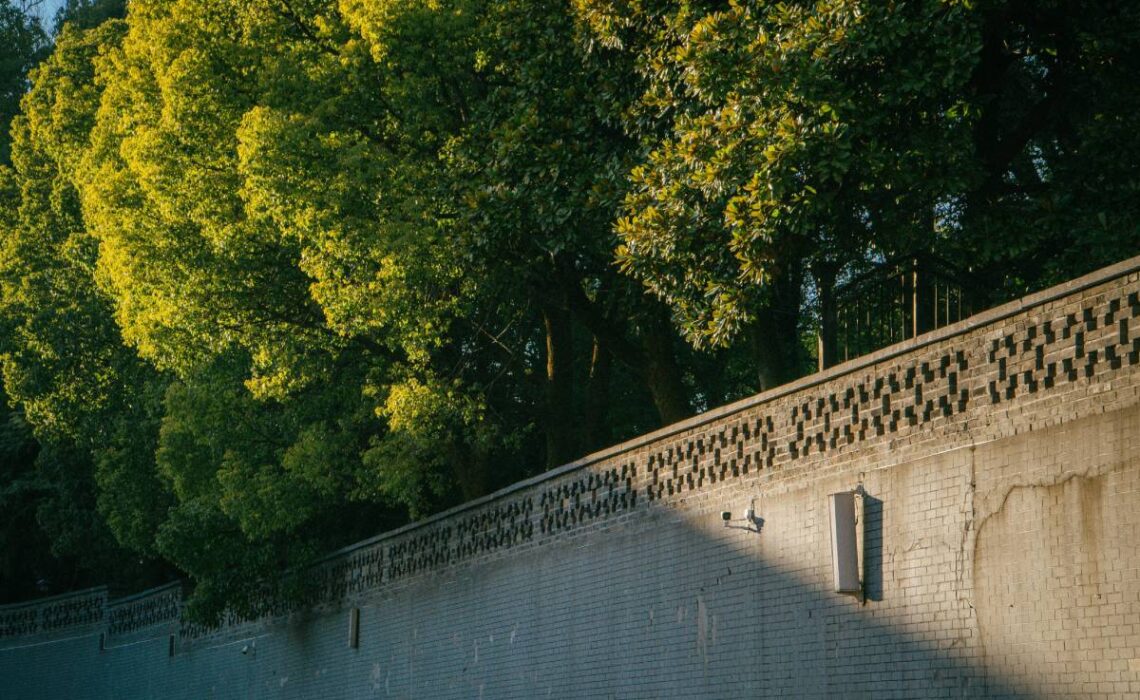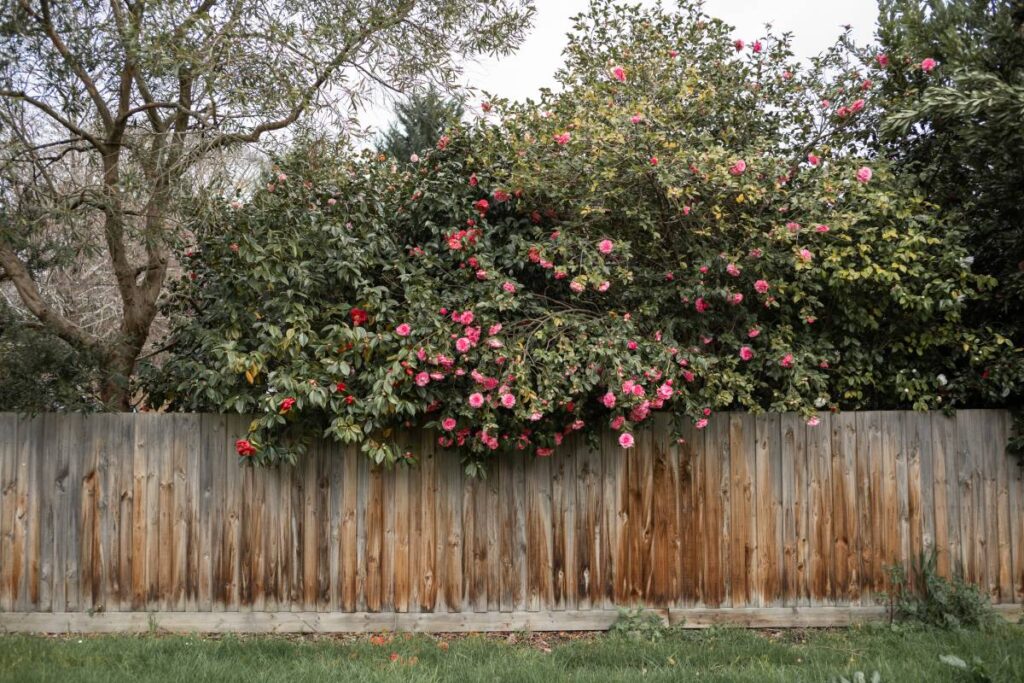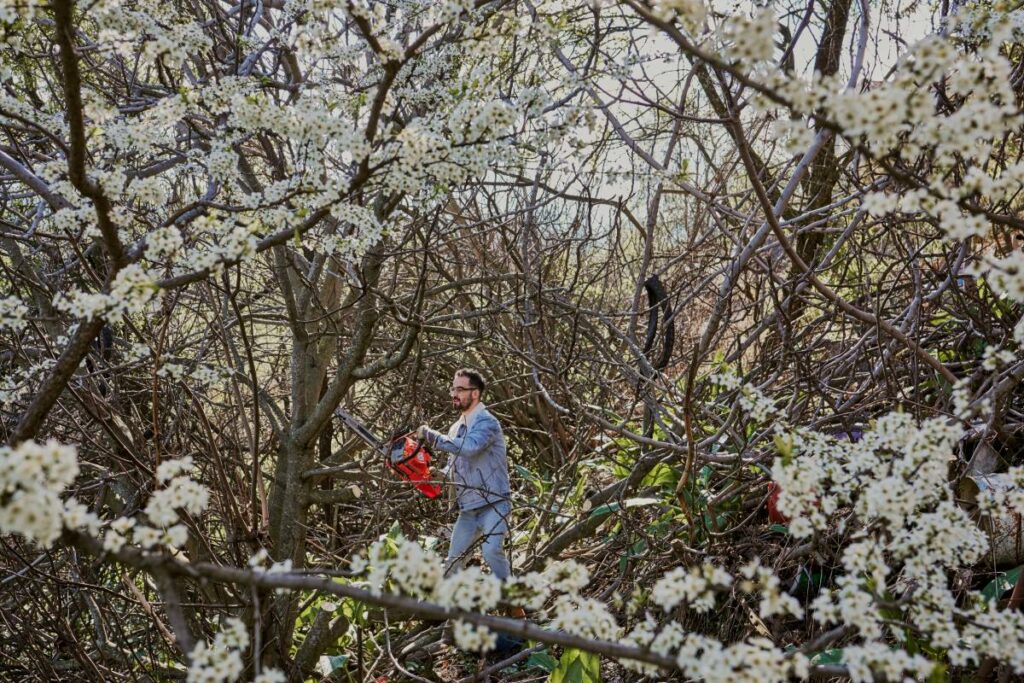
Ah yes, the overhanging tree. It’s pretty much the top reason for neighbour feuds around the world since forever. People get really picky about their property boundaries, especially when it comes to their homes. But who’s actually responsible for an overhanging tree? Is it the person who owns the tree or the neighbour dealing with the branches hanging over?
In this article, we’re going to break it down for you, so whether you’re the tree owner or the neighbour dealing with it, you’ll know exactly what to do and where you stand.
Legal Responsibilities for Overhanging Tree Branches
The responsibility for cutting overhanging tree branches in Australia largely depends on the ownership of the tree and the location of the branches. The general rule is that tree maintenance is the responsibility of the tree owner, but there are exceptions based on specific laws and regulations.
Property Owner Responsibilities
If a tree is growing on private property, the owner of that property is responsible for maintaining the tree, including trimming or removing overhanging branches. However, when the branches extend into a neighbouring property, the neighbour has the legal right to cut the overhanging portions but must do so without causing harm to the tree itself.
Neighbour Rights and Responsibilities
If your neighbor’s tree has branches that extend into your property, you generally have the right to:
- Trim the overhanging branches up to the property line.
- Ensure that the pruning does not harm the health or stability of the tree.
- Return the cut branches, leaves, or fruit to the tree owner unless otherwise agreed upon.
However, before taking action, it is advisable to discuss the matter with the tree owner to avoid disputes. In some cases, mediation or legal advice may be necessary if the neighbour refuses to address hazardous overhanging branches.

Council and Local Government Regulations
Many local councils in Australia have specific regulations regarding tree maintenance and removal. If a tree is protected under local environmental laws, special permits may be required before any pruning or removal can take place. Councils also have the authority to enforce the maintenance of dangerous trees that pose a risk to public safety.
Property owners should check with their local council to understand any restrictions on tree pruning, especially for significant or heritage-listed trees.
Utility Companies and Public Land Trees
Trees that overhang power lines, footpaths, or public roads often fall under the jurisdiction of local councils or utility companies. Electricity providers, such as Ausgrid or Energex, are responsible for maintaining clearance around power lines to prevent hazards such as electrical fires or outages.
If a tree on private property is interfering with power lines, property owners should not attempt to trim the branches themselves due to the danger involved. Instead, they should contact their local electricity provider to arrange for safe trimming by professional arborists.
Common Disputes Over Overhanging Trees
Disputes over overhanging branches are common in Australia, especially when one party refuses to take responsibility for maintenance. Some frequent issues include:
- Property damage: Falling branches can damage roofs, fences, or vehicles.
- Blocked sunlight: Overgrown branches may obstruct natural light and affect solar panel efficiency.
- Leaf litter: Leaves and debris from overhanging branches may clog gutters or create excess mess on a neighbour’s property.
Resolving Tree Disputes with Neighbours
Step 1: Open Communication
If you are concerned about an overhanging tree, the best first step is to speak with your neighbour. A polite conversation can often resolve the issue without legal intervention.
Step 2: Seek Mediation
If discussions do not lead to a resolution, mediation services can help. Many Australian states offer free dispute resolution services, such as:
- NSW Community Justice Centres
- Queensland Dispute Resolution Centres
- Victoria Dispute Settlement Centre
Step 3: Legal Action as a Last Resort
If mediation fails and the tree poses a risk of damage or injury, legal action may be necessary. In some cases, a court order can be obtained to force a tree owner to take action. However, legal proceedings should be a last resort due to the costs involved.

When is Council Approval Required?
Council approval is often required if the tree is protected under local environmental laws. Some circumstances that may require a permit include:
- If the tree is heritage-listed.
- If it is a significant species protected under local council regulations.
- If extensive pruning or complete removal is necessary.
Before trimming or removing any tree, property owners should check with their local council to avoid fines or legal complications.
Best Practices for Managing Overhanging Trees
- Regular Pruning – Tree owners should regularly trim trees to prevent overgrowth.
- Check Council Regulations – Before cutting, check if the tree is protected.
- Consult a Certified Arborist – If in doubt, hire a professional to assess and trim trees safely.
- Talk to Your Neighbour – Good communication can prevent disputes.
- Report Dangerous Trees – If a tree poses a public hazard, inform the council or electricity provider.
Hiring a Professional Arborist
For large trees, hazardous branches, or trees near power lines, it is advisable to hire a certified arborist. Professional arborists are trained in safe tree pruning techniques and can ensure that the work is carried out legally and safely.
Benefits of Hiring an Arborist
- Safety: Professionals use specialized equipment to prevent accidents.
- Legal compliance: Arborists are knowledgeable about council regulations and can obtain permits if necessary.
- Tree health: Proper pruning techniques promote healthy tree growth and prevent disease.
If you need expert tree services in Perth, AB Trees offers professional tree pruning, lopping, and removal. Their team of certified arborists can handle hazardous branches, large trees, and tree maintenance near power lines while ensuring compliance with local regulations.
Final Thoughts
Understanding who is responsible for cutting overhanging tree branches in Australia depends on property ownership, local council regulations, and common law rights. While neighbours have the right to trim branches up to their boundary, it is important to follow legal guidelines and maintain good relationships.
If in doubt, check with your local council, consult an arborist, or seek mediation to resolve disputes. By managing trees responsibly, homeowners can avoid legal trouble and maintain a peaceful neighbourhood.
Above all, remember to take care of your trees—proper maintenance not only prevents disputes but also promotes tree health, safety, and longevity.
For professional tree care services in Perth, AB Trees in Perth can provide expert guidance and safe tree management solutions.




